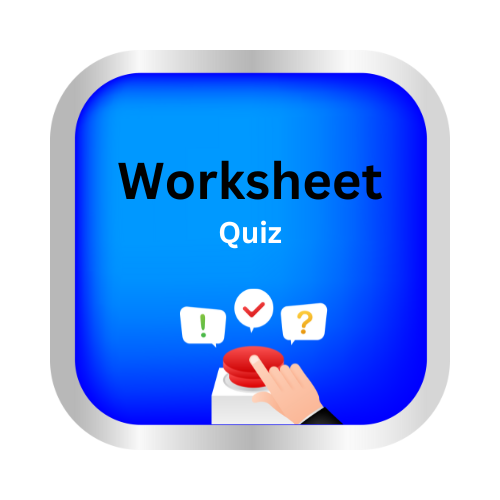Identify vague pronoun references
key notes :
📝 Identify Vague Pronoun References
| What is a Pronoun? 🤔 |
A pronoun is a word that takes the place of a noun.
Example:
- John is my friend. He is kind. ✅
- Here, he replaces John.
| What is a Vague Pronoun Reference? ❓ |
A vague pronoun reference happens when it’s unclear what the pronoun refers to.
This can confuse the reader.
Example:
- Raju gave his friend a gift, but he didn’t like it. ❌
- Who didn’t like it? Raju or his friend?
✅ Correct version:
- Raju gave his friend a gift, but his friend didn’t like it. ✅
| Common Pronouns That Can Be Vague 🧐 |
he, she, it, they, them, this, that, these, those
Example:
- The dog chased the cat, and it ran fast. ❌
- Who ran fast? The dog or the cat?
- ✅ The dog chased the cat, and the cat ran fast. ✅
| Tips to Fix Vague Pronouns ✨ |
Name the noun again 👤
- Instead of using he/she/it/they, use the actual noun.
- Example: ❌ He forgot his homework.
- ✅ Rita forgot her homework.
Make the pronoun clear from context 📝
- Ensure the pronoun clearly points to one specific noun.
Use fewer pronouns in a sentence 🗣️
- Break long sentences if needed to avoid confusion.
| Practice Examples ✍️ |
- ❌ Sara told Maya that she was tired.
- ✅ Correct: Sara told Maya, “I am tired.” or Sara told Maya that Maya was tired.
- ❌ The teacher spoke to the students, and they were happy.
- ✅ Correct: The students were happy after the teacher spoke to them.
- ❌ The dog barked at the boy, and he ran away.
- ✅ Correct: The boy ran away when the dog barked at him.
| Remember! 💡 |
- Always ask yourself: “Who or what does this pronoun refer to?” 👀
- If it’s not clear, rewrite the sentence! ✏️
Let’s Practice! ✒️

